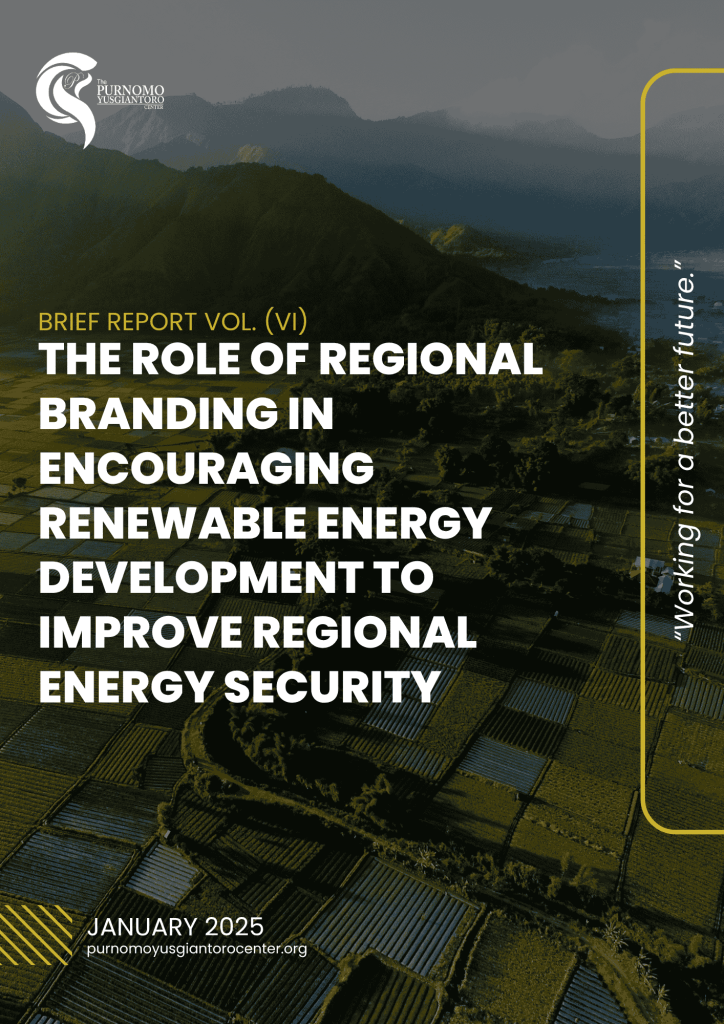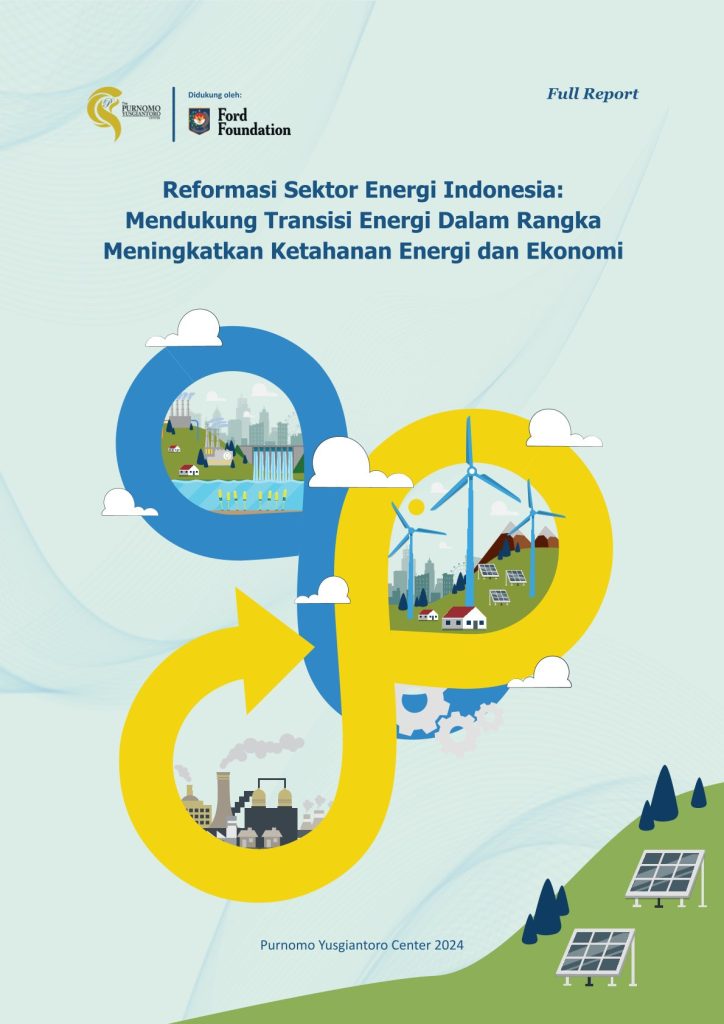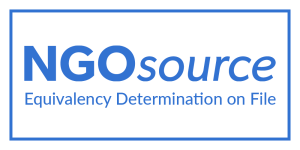Indonesia, to achieve the national energy mix target by 2050 and the net zero emission target by 2060, requires a plan and strategy, especially in the electricity sector. This report will outline the strategy for strengthening the electricity system in the 3T (Remote, Frontier, Outermost) regions of Indonesia using qualitative methods that include FGD (Focus Group Discussion), interviews, and field visits to deeply understand the complexity and dynamics of the energy transition at the regional level. This report identifies various challenges faced in providing energy in remote areas, limitations in implementing the renewable energy roadmap, and evaluation of technologies that can support efforts to transition to cleaner and more sustainable energy. The results show that the current conditions related to government policies are limited in competent human resources and the budget for financing electricity in remote areas. The lack of supervision of existing communal generators in the regions creates new challenges for the sustainability of electricity utilization in the region. In addition, the current infrastructure conditions in the provision of electricity (production, transmission, and distribution) are still the biggest obstacles considering the limited access and some areas are still isolated. Therefore, there needs to be an electricity development strategy in the 3T regions and areas such as: consistent regional energy planning, implementation of Hybrid PLTD, increasing the capacity of human resources in the regions, supervision of NRE generators, and increasing access to financing sources. In addition, strengthening infrastructure and gris connectivity by withdrawing a 20 kV network, considering that this solution is very efficient and economical in expanding electricity access.




